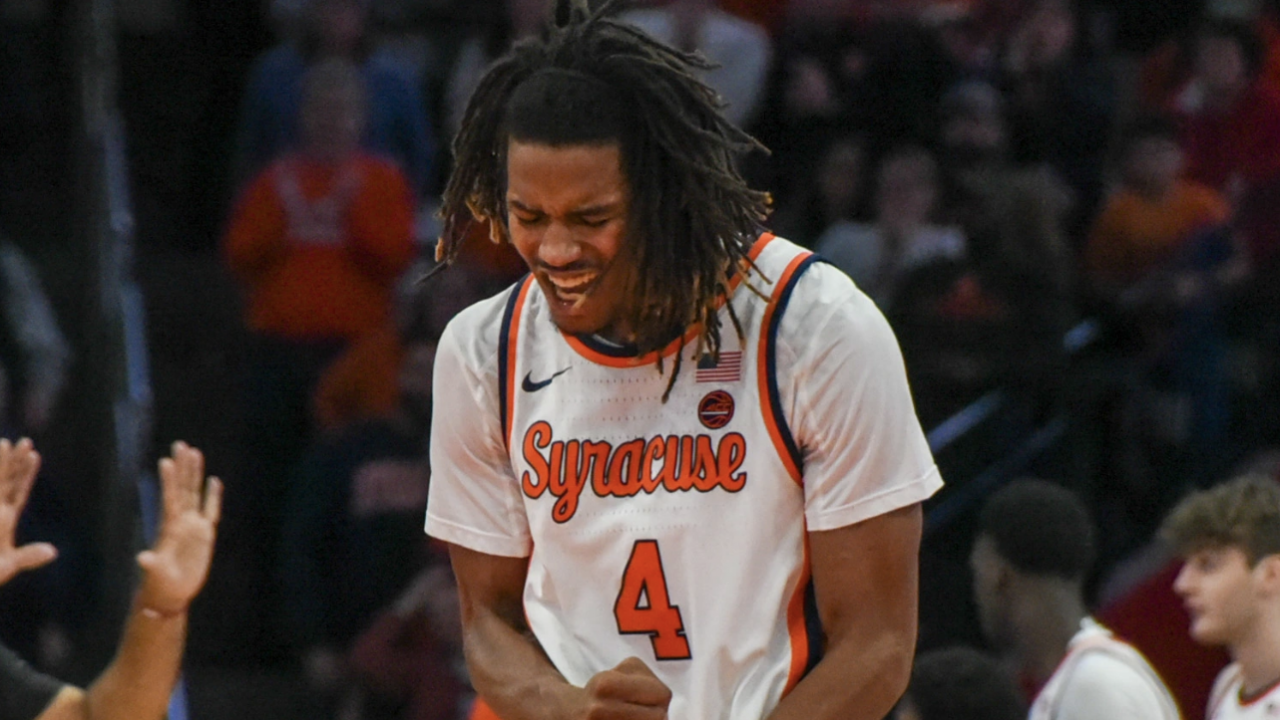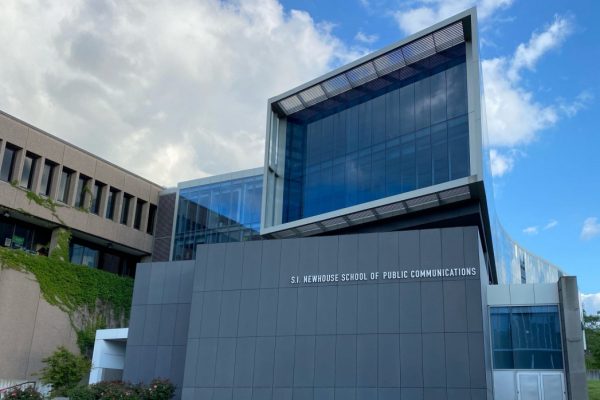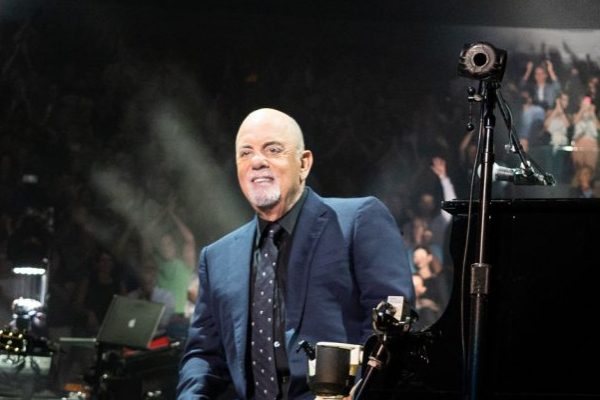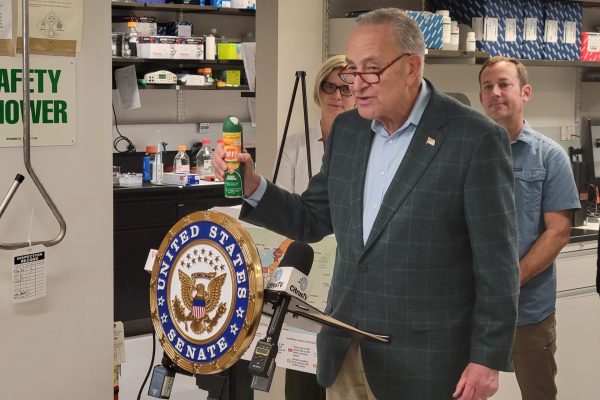
SYRACUSE, N.Y. (NCC News) — It’s a very fluid time in college sports.
The NCAA, which has governed intercollegiate athletics since 1906, was built on the notion of amateurism which kept athletes from being able to make money off their name and likeness. That changed in 2021, when the NCAA adopted a policy allowing athletes to profit from their name, image, and likeness (NIL).
A settlement reached last week took things a step further, paving the way for athletes to share revenue with their schools. The $2.7 billion settlement will resolve three pending antitrust lawsuits against the NCAA and the money will be paid out to past and current athletes dating back to 2016.
In terms of the future, athletes at the Power Five level of Division I – the five biggest and most lucrative conferences – will be now be part of a revenue-sharing plan that will see those schools dole out $20 million to their athletes.
The framework of the settlement is vague, as was the NIL agreement back in 2021.
“We need to pump the brakes on calling athletes employees,” said Dave Meluni, a professor at Syracuse University’s Falk College. “Revenue sharing does not make these athletes employees.”
One thing the settlement won’t solve is the disparity in NIL resources between the small schools, the big schools, and the really big schools.
“Right now, it’s not about name, image, and likeness,” said Mike Waters, who covers Syracuse men’s basketball for Syracuse.com. “It’s basically pay for play.”
While Syracuse University has more NIL resources than most schools at the Division I level, it still can’t compete with powerhouses in conferences like the SEC and Big Ten which have an edge in recruiting since they can promise prospects more money.
“You can give Alabama and Syracuse $20 million each but Alabama’s still going to have those collectives that bring in more money,” Waters said.
The real loser are the smaller Division I schools. They are already well behind the NIL conversation and will be on the hook for a disproportionate amount of the settlement. There’s a long way to go to level the playing field.




